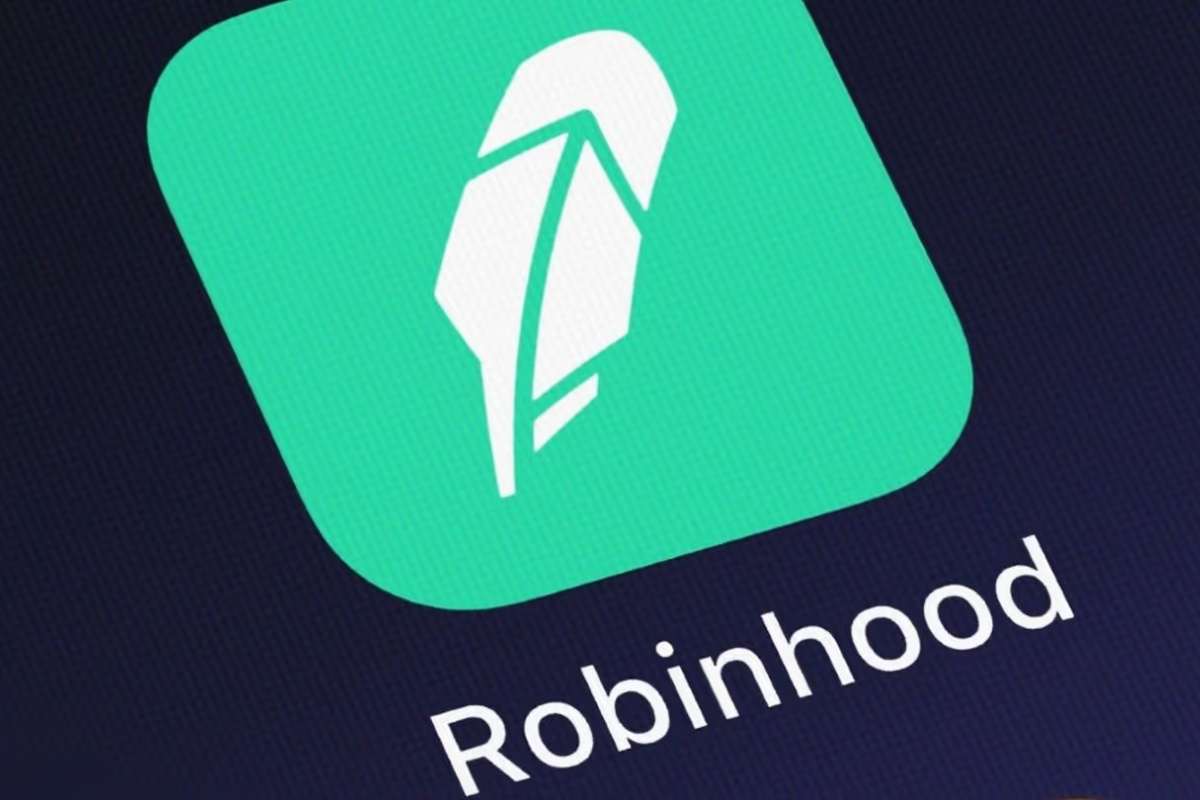Luxury handbags are proving to be more than just fashion accessories—they are emerging as high-performing investment assets. Research indicates that iconic handbags, such as the Hermès Birkin, have surpassed the returns of the S&P 500, appreciating at an impressive annual rate of 14.2% between 1980 and 2015. Unlike stocks, which can be volatile, the value of these coveted bags continues to rise steadily, attracting both collectors and investors.
Craftsmanship and Scarcity Drive Value
The soaring prices of luxury handbags can be attributed to their exceptional craftsmanship and limited availability. Brands like Hermès, Chanel, and Louis Vuitton invest significant time and expertise into the production of each bag, making them highly desirable. The Birkin, for instance, is meticulously hand-stitched by skilled artisans using premium materials, ensuring both quality and exclusivity. The combination of high demand and restricted supply naturally drives up resale prices, making these bags a lucrative asset class.
Additionally, leading luxury brands frequently increase retail prices, further boosting the investment appeal. Chanel, for example, has implemented multiple price hikes in recent years, elevating the resale value of its classic designs. This strategic pricing, coupled with enduring demand, ensures that high-end handbags remain in the realm of appreciating assets.
The Resale Market Boom
The thriving secondary market plays a crucial role in solidifying handbags as alternative investments. According to the Knight Frank Luxury Investment Index, luxury handbags were the best-performing asset in the luxury sector in 2024, with prices increasing by 2.8%. Resale platforms report that top-tier handbags retain nearly 90% of their original value, with select pieces commanding significant premiums.
A classic black Hermès Birkin in Togo leather, for example, has become even more valuable on the resale market, often selling for well above its retail price. The sustained demand for these exclusive bags has turned them into highly liquid assets, akin to gold or fine art.
Fashion or Finance?
While luxury handbags are increasingly recognized as investment-worthy assets, experts caution that only select models—such as the Birkin or rare Chanel editions—consistently appreciate in value. Unlike traditional stocks, handbags do not generate dividends, and their worth depends on factors such as condition and rarity. A pristine, well-maintained bag can double in value, whereas a worn-out piece may not hold the same appeal.
Despite these considerations, the undeniable rise in handbag values has reshaped perceptions of luxury purchases. Whether as a style statement or a financial strategy, investing in high-end handbags continues to gain popularity. As brands maintain exclusivity and prices steadily climb, these timeless accessories are proving to be more than just fashion—they are an evolving asset class redefining luxury investments.








